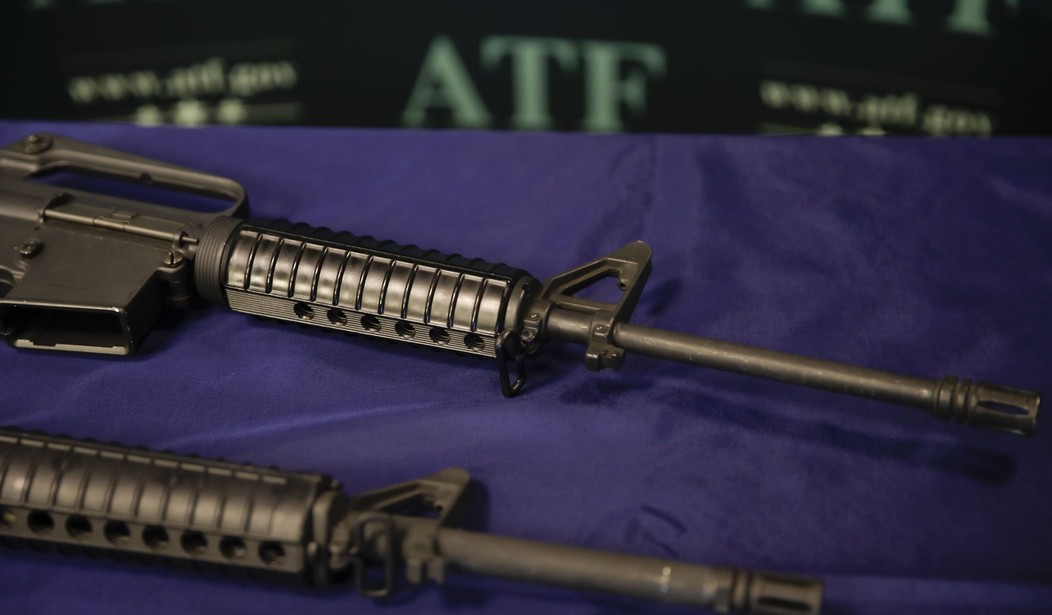The topic of so-called “ghost guns” has been a big thing in the media over the last few years, and I’ve made it a point to debunk a lot of the claims about just how big of an issue they actually are.
The truth is that they’re not anywhere near as prevalent as many try to claim, as they account for only a fraction of a percentage of total firearms used for illegal activities each year.
However, I’ve never pretended criminals weren’t using or making “ghost guns.” That’s why I’m not overly surprised to see an article such as this one from Philly.
A Philadelphia man was operating a gun-manufacturing facility inside his Kensington home, prosecutors said Tuesday, in what officials said is another example of how the largely unregulated and untraceable ghost guns continue to infiltrate the city.
Luis Soto, 29, was arrested last week and charged with 11 counts of felony illegal gun possession, criminal use of a communication facility, and related crimes after city and state law enforcement agents discovered he had been illegally assembling and selling the guns.
Prosecutors said Soto ordered dozens of gun parts online, then used a drill press to make the necessary holes in the metal and plastic parts, before assembling the weapons — a process that took less than 30 minutes.
Because the weapons were assembled using individual parts, they are are considered ghost guns, which have no serial numbers and are largely untraceable by law enforcement. There are no federal restrictions on who can buy ghost gun kits or parts.
Now, that may be true, but we also need to remember that the Biden administration cracked down on these kits last year, which means that unless Soto bought all the kits he used before the new rule went into place, this is evidence the rule accomplished absolutely nothing.
Of course, this is held up as evidence that the problem is growing, yet the Philadelphia police’s own numbers make me question that.
See, between 2020 and 2021, there was a huge jump in so-called “ghost guns” being taken in by law enforcement there. It went from 250 guns to 571 firearms. That’s a massive jump, to be sure, and one that warrants some further investigation.
But 2022 saw only 575 “ghost guns” recovered by police. That’s only four more. While that is a larger number, it’s not really a significant increase. Not really.
Plus, we don’t know how “ghost gun” was defined each year. Was that huge jump between 2020 and 2021 the result of an expanded definition of such weapons? For example, we know that guns with serial numbers removed have been classified as “ghost guns” by some agencies. If Philadelphia did the same thing, that alone could account for the jump.
To be clear, if he’s convicted, Soto will go to prison for a very long time. However, there’s no reason to believe his arrest is indicative of anything other than the alleged fact that he broke the law. It’s a data point, sure, but since Philadelphia didn’t exactly have a reputation as a safe community before so-called “ghost guns” were a thing, I’m unconvinced that’s the issue.







Join the conversation as a VIP Member